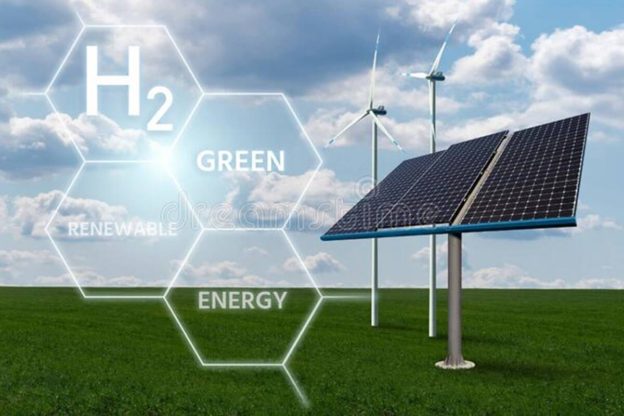India, which has committed to have 50% of its power generation capacity from non-fossil fuel by 2030, already has 186 GW non-fossil capacity.
The government has projected aggregate investments of Rs 2,44,000 crore to set up 81,000 circuit kms (CKm) of transmission lines for evacuation of 500 giga watt (GW) renewable energy by 2030 even as it plans to supply power from Gulf to Singapore.
“We plan to evacuate up to 500 GW renewable energy (RE) from RE rich areas like Ladakh, Rajasthan and also areas of wind energy in Tamil Nadu and Gujarat to facilitate seamless transfer of power across the country,” said Ajay Tewari, additional secretary, ministry of power.
Speaking at a seminar on ‘Transnational Grid Interconnections for One Sun, One World, One Grid (OSOWOG)’ organised by Power Grid Corporation of India (Powergrid), Tewari said the country has one of the largest synchronous interconnected electricity grids in the world.
“We have the expertise in this and we will take it forward to connect India on both the sides — east and west. For which, we are having talks with our partners in the Gulf and in Singapore for direct connectivity,” he said.
Power transmission system in the country is geared up to provide RE across the country including Nepal, Bangladesh, Bhutan, Myanmar and also Sri Lanka, he said, adding that interconnections with Singapore will also ensure energy security to Andaman and Nicobar Islands.
Power minister RK Singh, through a video message, said that the concept of transnational grid interconnections is founded on the basic fact that the sun never sets and that round-the-clock (RTC) renewable energy will be essential to transition to net zero.
“But for RTC, renewable energy storage is necessary and storage is expensive. We had a bid for 1,000 MWh of storage capacity and the rate came to Rs 10 per kWh. Other option is OSOWOG or the transnational grid.
“The idea is to connect countries in different time zones so that when solar energy is produced in one time zone it can be used in other time zones where the sun has set. This will do away with the need for storage,” he said.
While RTC renewable energy will be cheaper, it will also do away with the need to establish extra capacity for reserves if countries are connected across time zones, he added.
India, which has committed to have 50% of its power generation capacity from non-fossil fuel by 2030, already has 186 GW non-fossil capacity. Another 88 GW is under construction and 50 GW has been planned.
“By 2030, our total capacity will be 770 GW and 50% of that is 350 GW. We will meet the target for sure. In fact, we will cross it. By 2030, I expect 65% of our capacity to be non-fossil,” he declared.
https://www.financialexpress.com/business/industry-rs-2-44-trn-investments-seen-in-re-evacuation-infrastructure-3235429/





